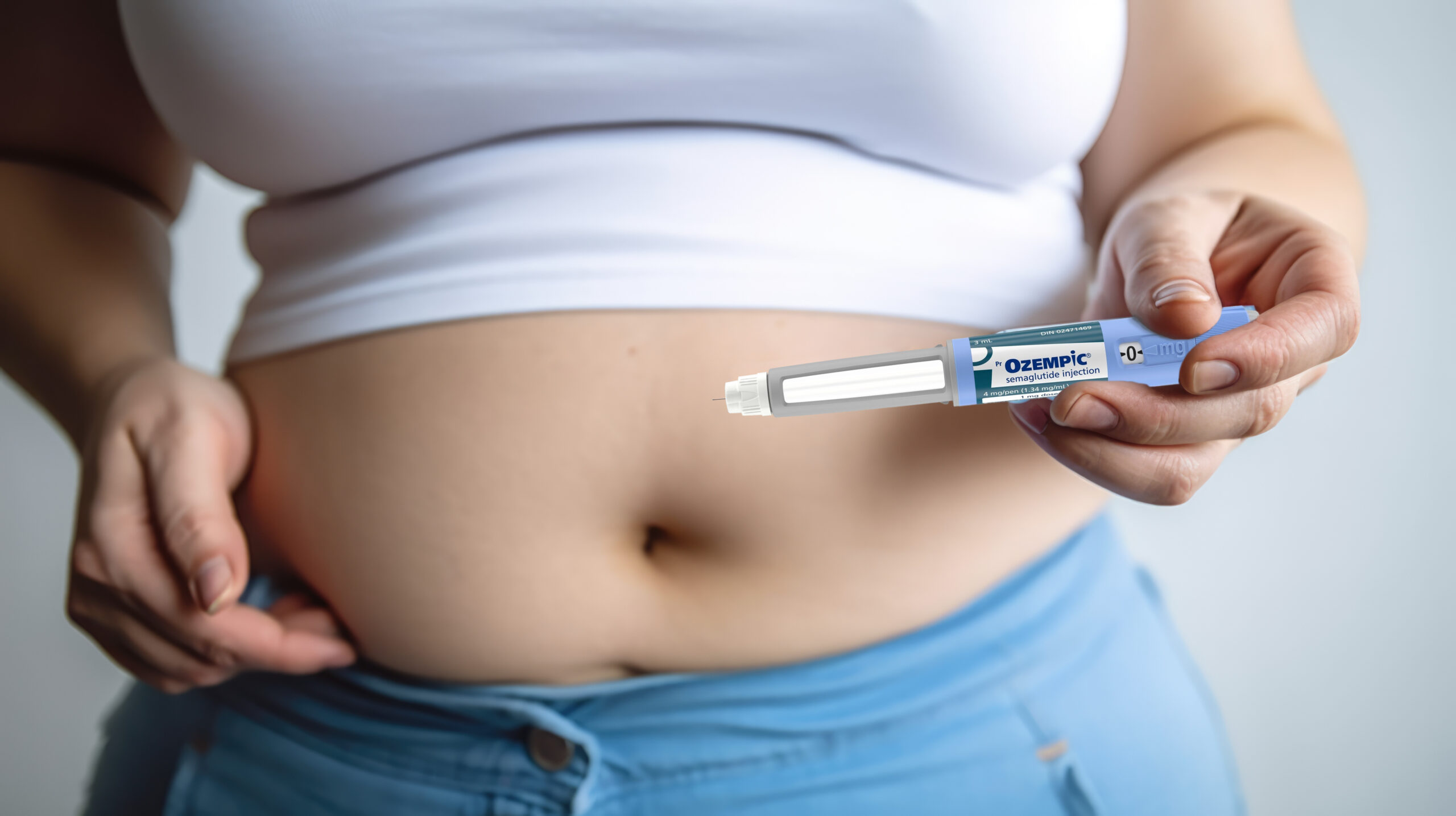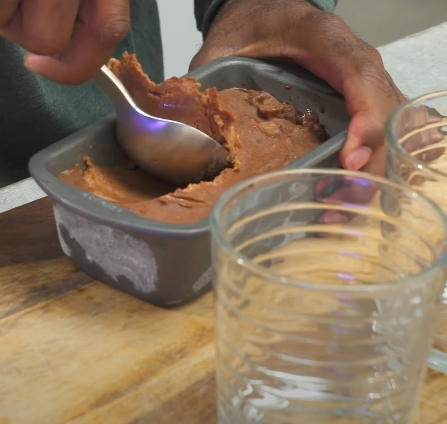Prediabetes, which affects over 86 million adults in the United States, is established by achieving a fasting blood sugar in the range of 100-125 mg/dl and / or an impaired glucose tolerance test. The good news is that prediabetes can be, in many cases, returned to a normal blood sugar status, with appropriate, positive lifestyle changes, that involve a combination of dietary resistance, restriction and exercise.
There is also evidence that type 2 diabetes may be reversed with more invasive strategies – such as bariatric surgery – in a select, overweight/viscerally fat population.
According to research – a Single Bout of Premeal Resistance Exercise Improves Postprandial Glucose Metabolism in Obese Men with Prediabetes – which appeared in the April 2021 issue of Medicine & Science in Sports & Exercise, the (2002) Diabetes Prevention Program Research Study demonstrated that lifestyle interventions, which targeted a 7% weight loss with 150 minutes per week of moderate-intensity endurance exercise, “reduced the incidence of T2D by 58% and was significantly more effective than treatment with metformin alone in individuals with prediabetes.”
Yet, there is insufficient research to establish the effects of resistance exercise (RE) on glucose metabolism in prediabetics. Some evidence has demonstrated that, in older, overweight subjects with prediabetes, twelve weeks of RE improved glucose tolerance, but not insulin sensitivity, during an oral glucose tolerance test.
The Medicine & Science researchers, from Washington University School of Medicine in St. Louis and the Department of Orthopaedics, Duke University in North Carolina, chose to establish the effects of a single bout of RE on post-meal (postprandial) glucose metabolism, after a mixed meal in obese, sedentary men with prediabetes.
Ten sedentary, prediabetic, obese men enrolled in the randomized, cross-over study. After an overnight fast, the participants were guided to complete a single session of RE – seven exercises, 3 sets of 10-12 repetitions at eighty percent of their predetermined maximum strength (1-rep max), or an equivalent rest period.
After the RE, the subjects consumed a mixed test meal, while simultaneously having an intravenous glucose infusion, to establish their basal and post-meal rate of glucose appearance and disappearance from their plasma, insulin insensitivity, and an insulinogenic index to measure beta cell function in the pancreas.
“Skeletal muscle biopsies were obtained 90 min post-meal to evaluate pyruvate-supported and maximal mitochondrial respiration. Whole-body carbohydrate oxidation was assessed using indirect calorimetry,” according to the researchers.
The researchers concluded that, “a single bout of RE moderately reduced the glycemic response to a mixed meal, significantly improved insulin sensitivity, and reduced the glucose-normalized insulin response in obese, middle-age men with prediabetes.”
It was also noted that, “there were limited effects on postprandial glucose clearance, insulinogenic index, whole-body carbohydrate oxidation, or skeletal muscle pyruvate-supported respiration.”
As with any such research, with a small group of subjects, additional research is needed to determine how RE brings about positive changes after a meal, which typically in the US, is high in fat and sugar.
Before you embark on changes to your exercise or diet, especially if you are a male, who is sedentary and obese, with known or undiagnosed prediabetes or type 1 or 2 diabetes, check with your primary care physician.
Interested in reading more? Check out Vitamin D & Calcium: Fighting Gestational Diabetes






